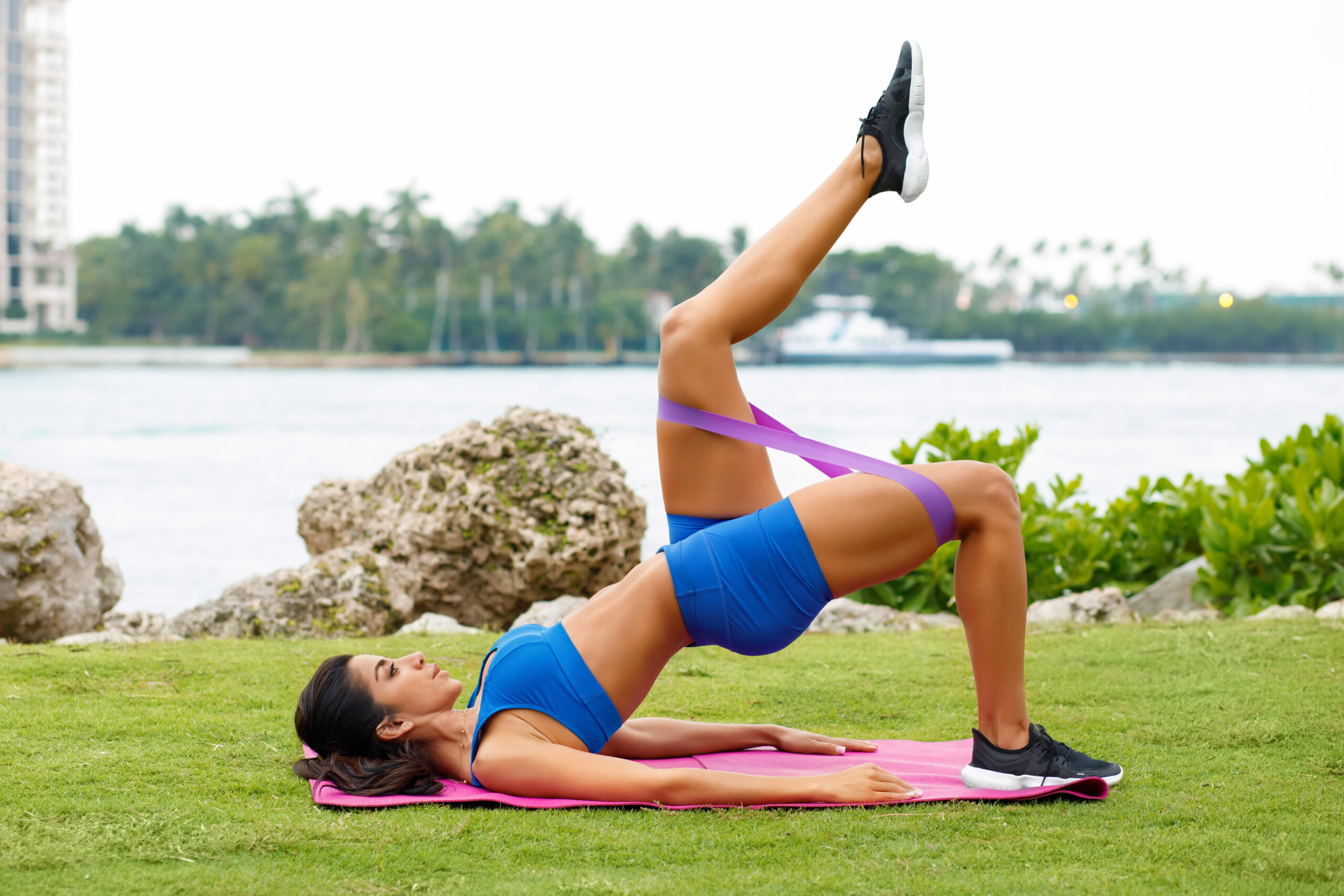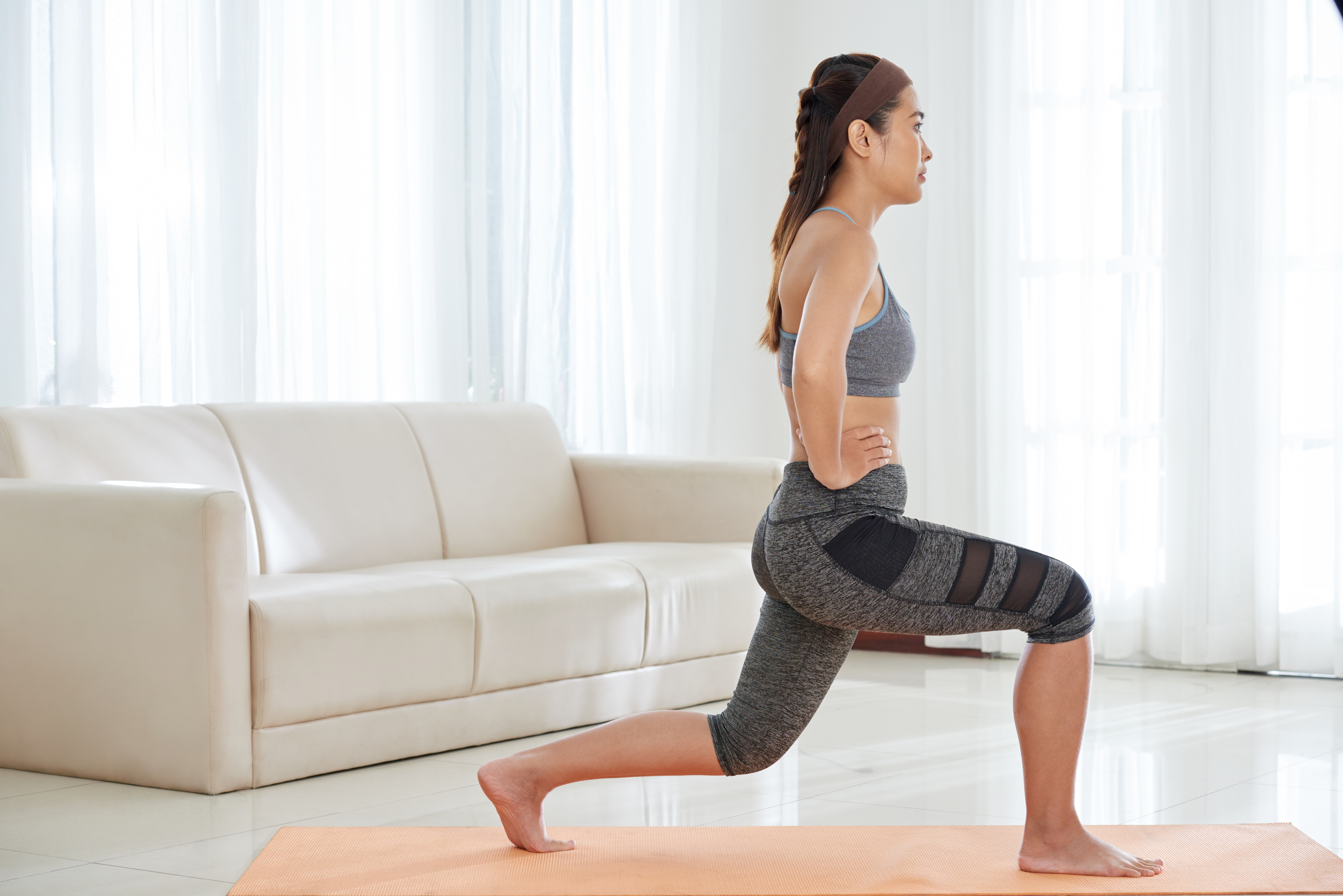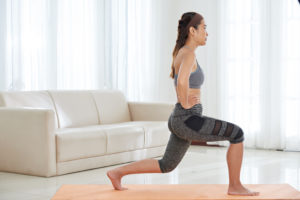15-Minute Lower Body Workout: Your Ultimate Guide to Toned Legs and Glutes
Introduction
Are you looking for a quick, effective lower body workout that you can do in just 15 minutes? Look no further! Improving your lower body strength and appearance is now achievable with a fast and efficient 15-minute lower body workout plan. This concise program, designed to fit into even the busiest schedules, features 10 targeted exercises focusing on your legs and glutes. By dedicating just a quarter of an hour to this routine, you can work towards a sculpted, more defined lower body.
The benefits of working out your lower body extends beyond aesthetics; strengthening your lower body can improve your overall physical performance, boost your metabolism, and even enhance your posture and balance. This workout is an ideal solution for those aiming to develop a stronger, well-toned lower body without the need for lengthy gym sessions.
Targeted Training: A 15-Min Workout Focusing on Lower Body Muscles
The lower body consists of several major muscle groups, each with specific functions:
- Quadriceps: Located at the front of the thigh, the quadriceps are responsible for extending the knee and play a crucial role in walking, running, jumping, and squatting.
- Hamstrings: Situated at the back of the thigh, the hamstrings are involved in bending the knee and extending the hip. They are key in activities like running, jumping, and climbing.
- Gluteal Muscles (Glutes):
- Gluteus Maximus: The largest muscle in the body, it’s crucial for hip extension, lateral rotation, and abduction. It’s essential in rising from a sitting position, climbing stairs, and staying upright.
- Gluteus Medius and Minimus: These muscles are important for hip abduction and stabilization of the pelvis, especially when standing on one leg.
- Calves:
- Gastrocnemius: This muscle aids in bending (flexing) the knee and plantarflexing the ankle (pointing the toes).
- Soleus: Located beneath the gastrocnemius, it’s primarily involved in plantarflexing the ankle.
- Hip Adductors: A group of muscles (like adductor magnus, longus, and brevis) along the inner thigh, important for moving the thigh towards the body’s midline.
- Hip Flexors:
- Iliopsoas: A combination of the iliacus and psoas major muscles, important in flexing the hip and stabilizing the lower spine.
- Rectus Femoris (part of the quadriceps): Assists in hip flexion.
- Tibialis Anterior: Located in the shin, it dorsiflexes the foot (lifting the foot towards the shin) and inverts it.
Each of these muscles plays a pivotal role in various movements and activities involving the lower body, contributing to mobility, balance, and overall physical performance.
The 15-Minute Lower Body Workout Plan
- Squats: Stand with feet hip-width apart, bend your knees, and lower your body until your thighs are parallel to the floor. Then, push back up. Do 3 sets of 10 reps. This targets your quadriceps, hamstrings, and glutes.
- Lunges: Stand tall, step forward with one leg, and lower your body until both knees form a 90-degree angle. Push back up and repeat with the other leg. Do 3 sets of 10 reps per leg. This works your quadriceps, hamstrings, and glutes2.
- Glute Bridge: Lie on your back with knees bent and feet flat on the floor. Lift your hips to form a straight line from knees to shoulders. Lower back down. Do 3 sets of 15 reps. This targets your glutes and hamstrings.
- Deadlifts: Stand with feet hip-width apart, bend at your hips and knees, and grab a pair of dumbbells. Without changing the bend in your knees, push your hips forward and stand up straight. Lower the dumbbells back down. Do 3 sets of 10 reps. This works your hamstrings and glutes.
- Step-ups: Stand in front of a bench or step, step up with one foot, followed by the other, then step back down. Do 3 sets of 10 reps per leg. This targets your quadriceps, hamstrings, and glutes.
- Side Leg Lifts: Lie on one side with legs extended. Lift the top leg as high as comfortable while keeping hips steady. Lower it back down. Do 3 sets of 15 reps per leg. This works your outer thighs and glutes.
- Donkey Kicks: Get on all fours, lift one leg off the floor, and push it upward towards the ceiling while keeping it bent at a 90-degree angle. Lower it back down without touching the floor and repeat. Do 3 sets of 15 reps per leg. This targets your glutes.
- Calf Raises: Stand tall with feet hip-width apart, rise onto the balls of your feet as high as possible, then lower back down slowly. Do 3 sets of 20 reps. This works your calf muscles.
- Jump Squats: Perform a regular squat but jump up explosively when rising up to the starting position. Land as softly as possible which requires control. Do 3 sets of 10 reps.
- Donkey Kicks: Get on all fours, lift one leg off the floor while keeping it bent at a 90-degree angle, then push it upward towards the ceiling before lowering it back down without touching the floor. Do 3 sets of 15 reps per leg.
Making It More Challenging
Here is how to make these lower body exercises’ more challenging:
- Increase the number of reps or sets.
- Add weights to exercises like squats, lunges, deadlifts, step-ups.
- Increase the height of the step for step-ups.
- Perform exercises slower to increase muscle tension.
- Use resistance bands
15 – Mins Lower Body Weekly Workout Schedule
Aim to do this 15-mins lower body workout three times a week on non-consecutive days (e.g., Monday, Wednesday, Friday) to allow for recovery.
Conclusion
Remember to warm up before starting these exercises and cool down afterward.
This 15-minute lower body workout is perfect for those who want an effective workout in a short amount of time! Remember to listen to your body and adjust as needed.
Be safe and consistent. Enjoy your journey towards a leaner and tighter lower body.


